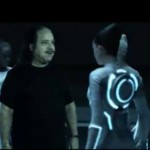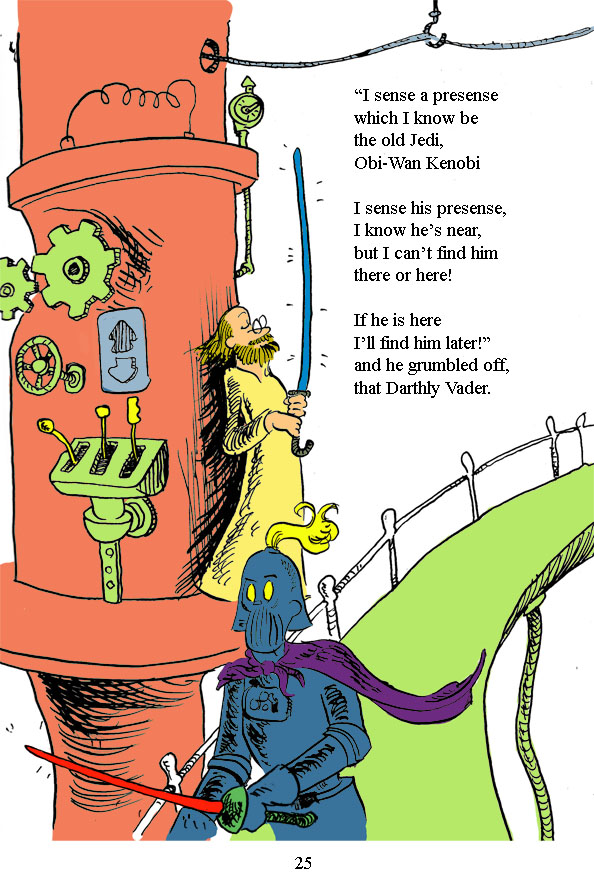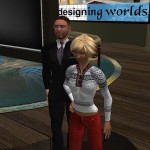This post comes from Metaverse Health, our sister site devoted to everything related to health and virtual worlds.
Here’s a great video showing the use of the Kinect to play World of Warcraft using a software framework called FAAST. After the initial demo there’s some useful discussion by the University of Southern California’s Institute for Creative Technologies on its potential applications.
Those applications are something discussed here regularly: rehabilitation and physical activity. Imagine the impact of the technology shown in the video for someone who plays a dozen or more hours of an MMO each week? Let alone someone with a chronic disease or multiple lifestyle risk factors.
Anyway, have a look for yourself:
For my interest in clinical simulation, these developments are of particular interest. Truly effective simulation is likely when health practitioners are physically able to replicate tasks. With my crystal ball in hand, I can’t see that being any more than five years away.










Recent Comments